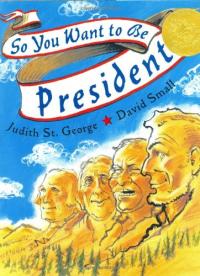
So, You Want to Be President?
Age Level:
6-9 Genre:
Nonfiction 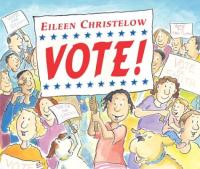
Vote!
Age Level:
6-9 Genre:
Nonfiction 
My Teacher for President
Illustrator:
Denise Brunkus Age Level:
3-6 Genre:
Fiction 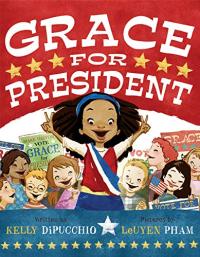
Grace for President
Age Level:
6-9 Genre:
Fiction 
Our White House: Looking In, Looking Out
Age Level:
9-12 Genre:
Nonfiction 
Dear Mr. Rosenwald
Age Level:
6-9 Genre:
Fiction, Historical Fiction 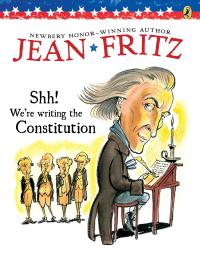
Shhh! We’re Writing the Constitution
Illustrator:
Tomie dePaola Age Level:
6-9 Genre:
Nonfiction 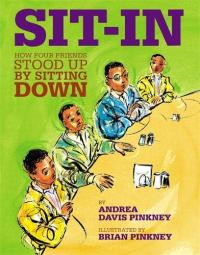
Sit-In: How Four Friends Stood Up by Sitting Down
Illustrator:
Brian Pinkney Age Level:
6-9 Genre:
Biography, Nonfiction 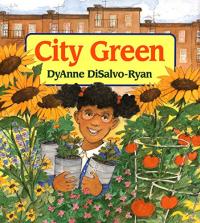
City Green
Age Level:
6-9 Genre:
Fiction 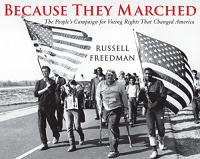
Because They Marched
Age Level:
9-12 Genre:
Nonfiction 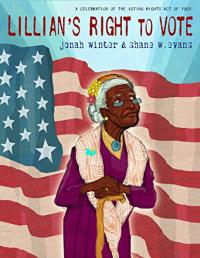
Lillian’s Right to Vote: A Celebration of the Voting Rights Act of 1965
Illustrator:
Shane Evans Age Level:
6-9 Genre:
Biography, Historical Fiction, Fiction 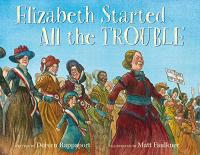
Elizabeth Started All the Trouble
Illustrator:
Matt Faulkner Age Level:
6-9 Genre:
Biography, Nonfiction 
Maybe Something Beautiful
Illustrator:
Rafael López Age Level:
3-6 Genre:
Fiction 
Ladies of Liberty: The Women Who Shaped Our Nation
Illustrator:
Diane Goode Age Level:
6-9 Genre:
Biography, Nonfiction 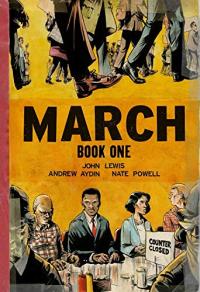
March: Book One
Illustrator:
Nate Powell Age Level:
Teen Genre:
Biography, Nonfiction 
When You Grow Up to Vote: How Our Government Works for You
Illustrator:
Grace Lin Age Level:
9-12 Genre:
Nonfiction 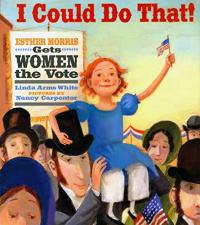
I Could Do That! Esther Morris Gets Women the Vote
Illustrator:
Nancy Carpenter Age Level:
6-9 Genre:
Biography, Nonfiction 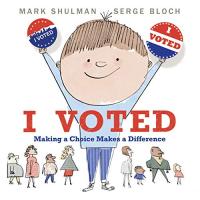
I Voted: Making a Choice Makes a Difference
Illustrator:
Serge Bloch Age Level:
3-6 Genre:
Nonfiction 